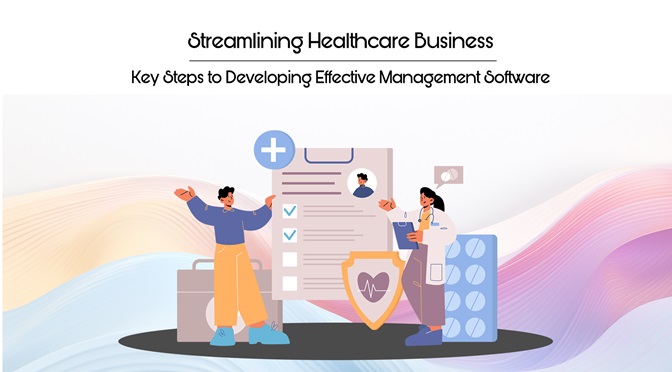The mobile app sector, with its large customer base, is undeniably changing the traditional business process.
In this blog, we will discuss one of the most essential parts of the mobile app development procedure: picking the appropriate mobile app development framework.
There are lists of mobile app development frameworks that developers use; all of these frameworks provide similar functions but are also conflicting.
Which framework to choose is also determined by the scope of any mobile app’s capabilities.
So, let’s take a look at which frameworks are in demand or trend among developers as well as clients or businesses wanting to create mobile applications.
Top 5 Cross-platform Frameworks:
- React Native
- Flutter
- Swiftic
- Ionic
- Adobe Mobile Gap
React Native
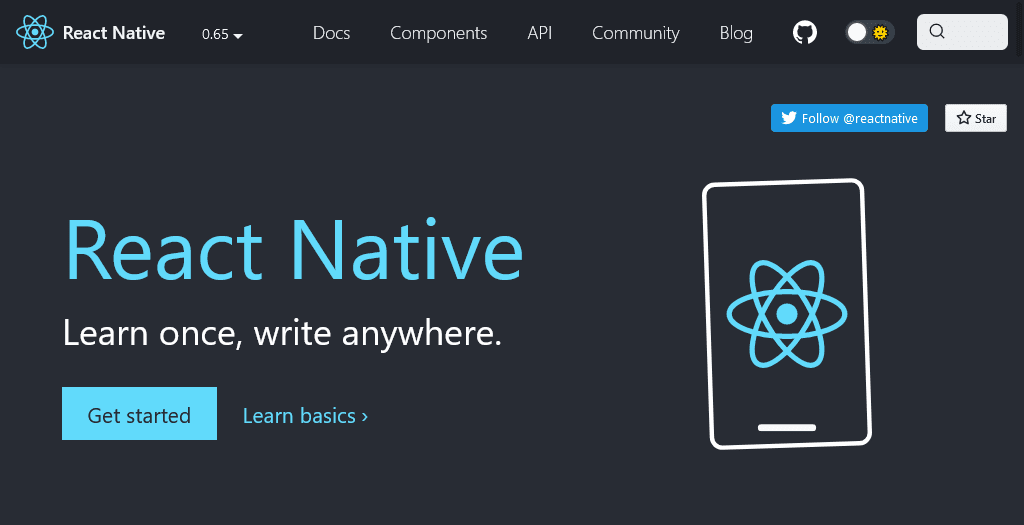
Website: https://reactnative.dev/
React Native, one of the most popular mobile app development frameworks, was launched by the well-known corporation Facebook to build powerful mobile apps.
The programming language it uses, JavaScript, is what has made this framework popular among developers.
The main reason it is being used by many developers is that React Native allows for a unified codebase to be used across different platforms and operating systems.
The flux architecture underpins React Native, ensuring unidirectional data flow. To communicate with the native modules, it also needs the usage of a bridge.
Key benefits of React Native
- Unified codebase.
- Cost-effective.
- Installation is simple.
- Third-party libraries are supported.
Flutter
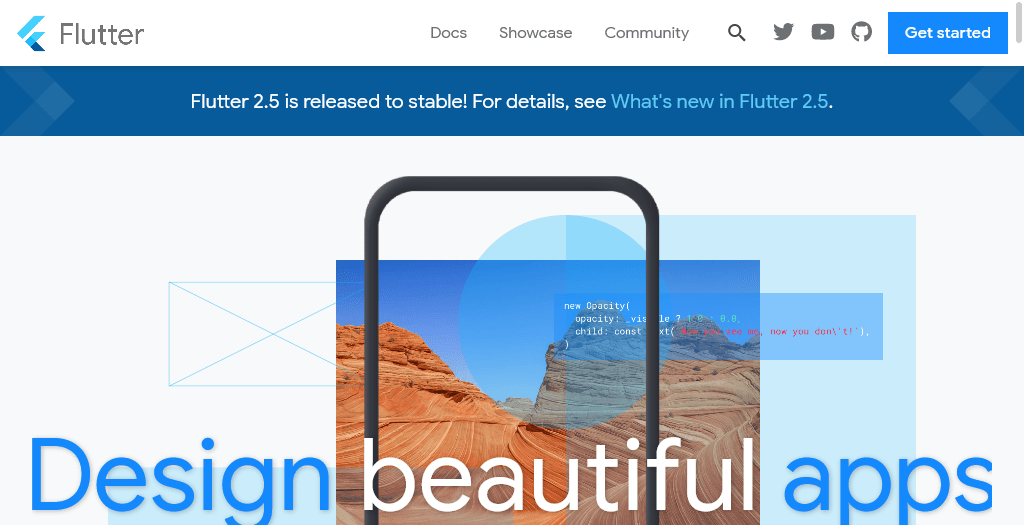
Website: https://flutter.dev/
Flutter is an open-source app development platform for creating native apps which were established by Google and are now controlled by the ECMA standard.
This framework stands out from the crowd due to its use of the Dart programming language.
Flutter’s unique selling point is its extensive set of in-built components that include nearly all of the technologies necessary for effective mobile app development.
With features like hot-reload and the use of a small codebase, this framework speeds up the entire development process.
Flutter has a layered architecture and is built on the Dart framework. There are a total of three layers and all of these levels has their functions.
- C++ engine
- Embedder
- Dart framework
Key benefits of Flutter
- Simple Interface.
- Hot-Reload.
- Unified Codebase.
- Effective debugging.
Swiftic
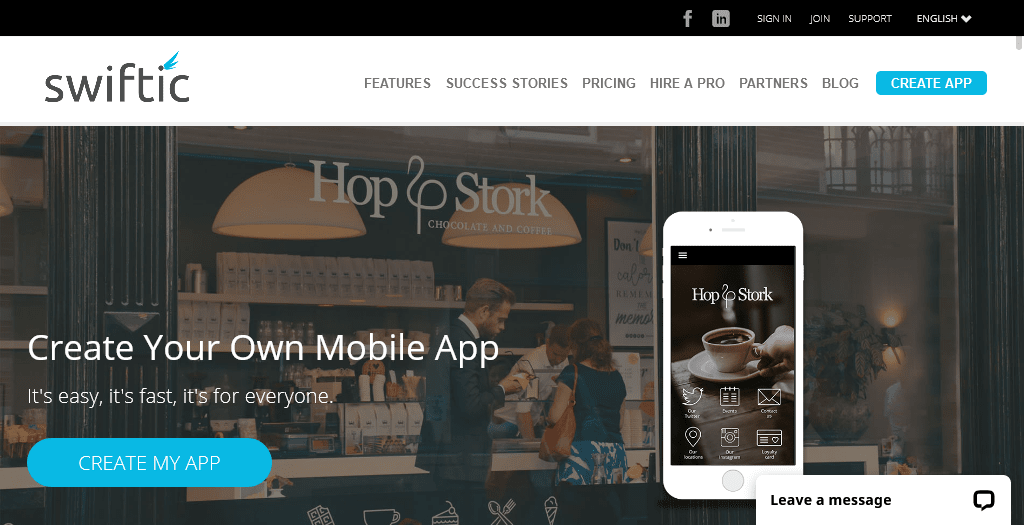
Website: https://www.swiftic.com/
Swiftic, one of the most user-friendly mobile app development frameworks, allowing you to design your app.
It is a (DIY) do-it-yourself app creator that requires no or very little coding. When using this framework, developers do not need to get too deep into code.
It also has ready-made components and features, and its user-friendly interface makes it ideal for any developer.
Key benefits of Swiftic
- Adaptable payment plan.
- Simple to use.
- Assist with app publishing.
- Simple coding.
Ionic
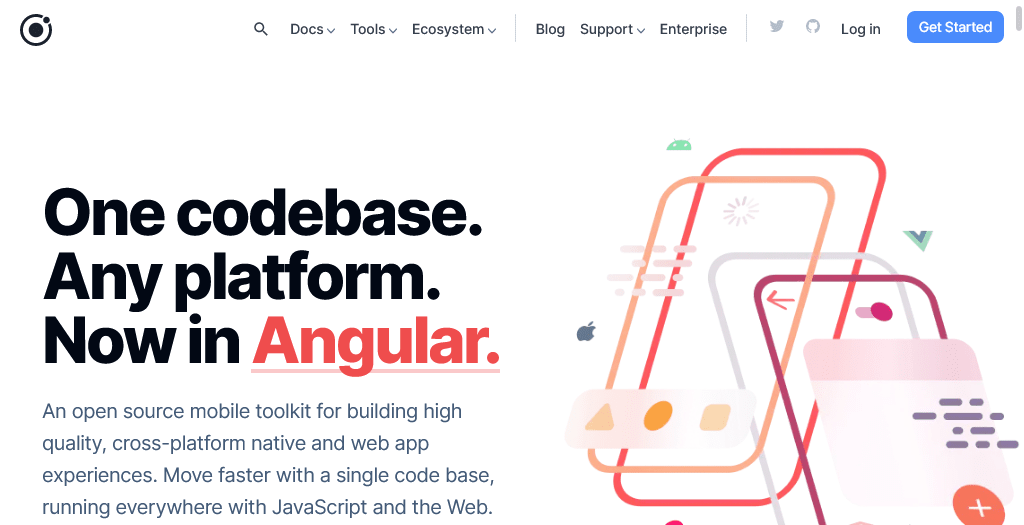
Website: https://ionicframework.com/
Ionic, is an open-source, cross-platform mobile app development framework created by Drifty Co’s -Max Lynch, Adam Bradley, and Ben Sperry.
It includes pre-designed UI components that are meant to look well on a variety of mobile devices.
One of Ionic’s finest benefits is that it provides developer tools for developing, testing, and deploying mobile apps.
All the developers who are familiar with HTML and JavaScript will feel it is easier to use Ionic.
Key benefits of Ionic
- Quality User Interface.
- Easy Integrations.
- Unified codebase.
- Rapid app development.
Adobe Mobile Gap
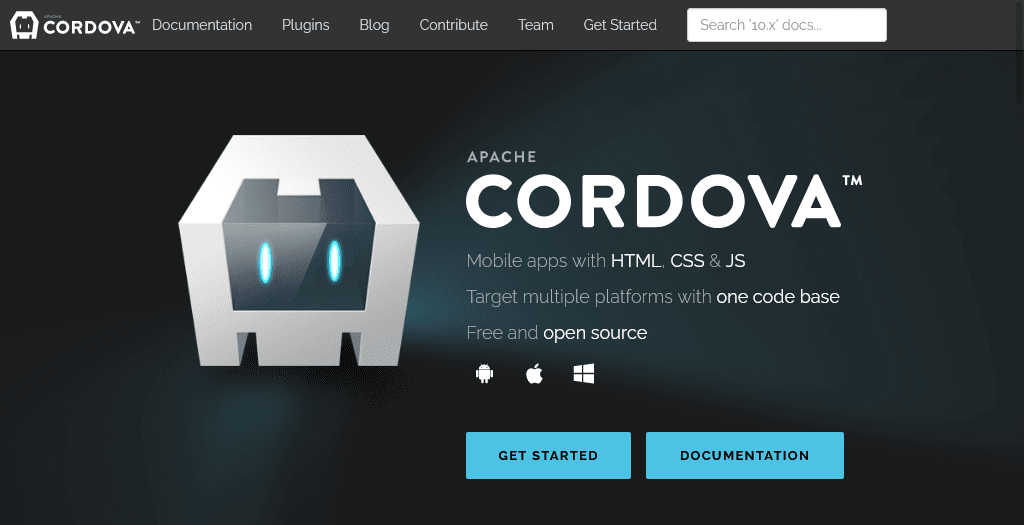
Website: https://cordova.apache.org/
Adobe Mobile Gap, Apache, and Adobe jointly own it. This mobile app framework was renamed Apache Cordova when Apache purchased it. Adobe PhoneGap creates mobile apps using HTML, CSS, and JavaScript.
The major purpose of using this framework is to decrease developer effort while developing cross-platform apps.
Key benefits of Adobe Mobile Gap
- Cross-platform apps.
- Platform compatibility.
- Easy development process.
Benefits of cross-platform app development frameworks
Development costs
The creation of cross-platform applications is based on the concept of ‘compose once, run everywhere.
Reusable code and rapid application development using tools can help to decrease development costs.
In this way, cross-platform applications are the only way to develop your business across many platforms and tools in a realistic way.
Fast development
Another mutually beneficial circumstance when developing cross-platform applications is the rapid development process.
Development efforts can be reduced by using a single source code for various platforms. It enables you to create a feature-rich business application in less time.
The team of developers is capable of meeting the required timeframes for cross-platform application development.
Easy to maintenance
Because there is only one created an application that operates across multiple platforms, it is easier to maintain up and submit code or modifications made.
Updates can be quickly synchronised across all platforms and devices, saving time and money. Furthermore, if a defect is discovered in the main codebase, it should be patched just once. Developers may save a significant amount of time and money in this manner.
Final Remark
All these platforms are best for cross-platform app development, all these frameworks provide better features depending on the project and how vast that mobile application is.
There are lots of other frameworks also available which are being used by developers like Sencha Touch Ext JS, Corona SDK, Mobile Angular UI, and so on.

